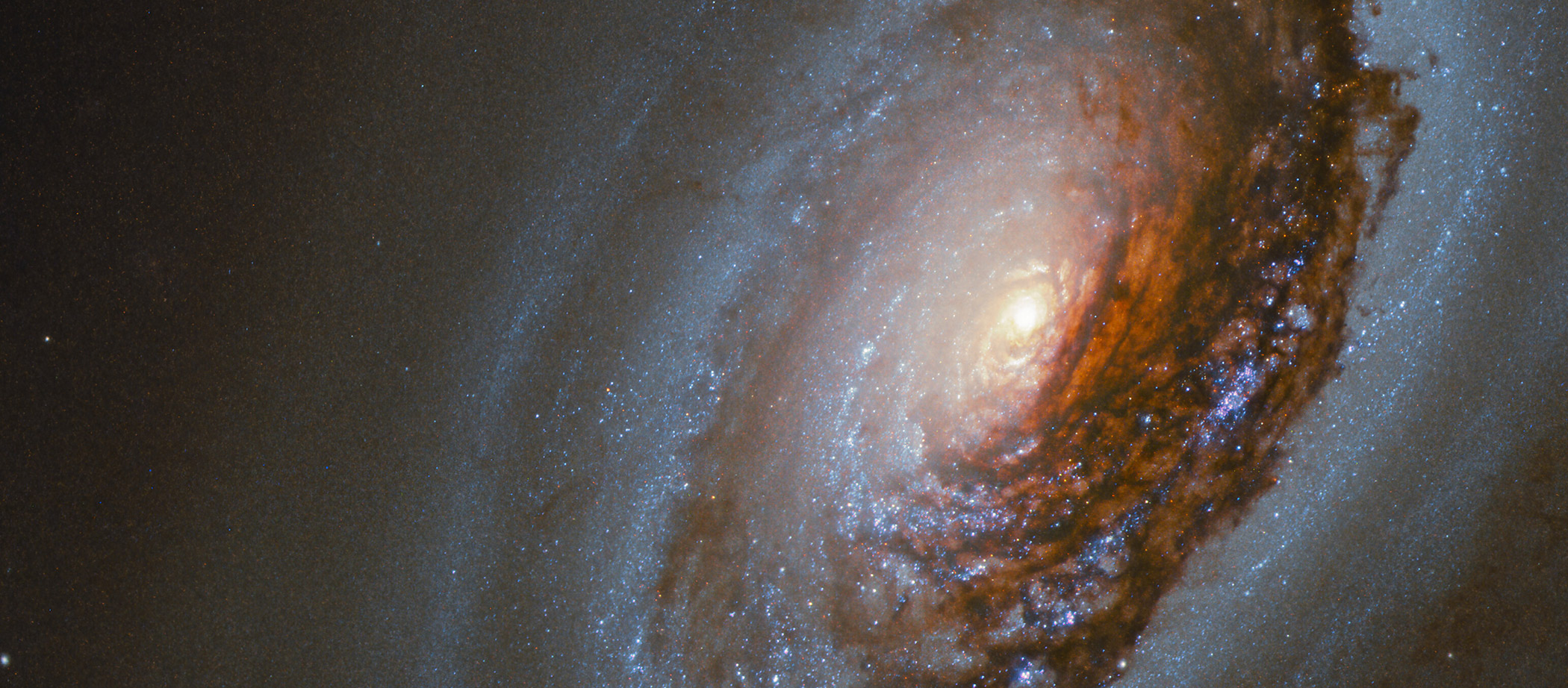
Altocumulus clouds blanket the northeast coast of Brazil where the Amazon River flows into the Atlantic Ocean.

The eastern-flowing Amur River forms a portion of the border between northeastern China and far eastern Russia.

NASA astronauts Serena Auñón-Chancellor and Drew Feustel begin cargo operations shortly after the SpaceX Dragon cargo craft arrived at the…

This image captures a high-altitude cloud formation surrounded by swirling patterns in the atmosphere of Jupiter’s North North Temperate Belt…

April Torres and Jeffery Sutherland complete a systems and functional check on the master data acquisition system for the Orion…

R.J. Smith mills a plate for the backup data acquisition system for the Orion Ascent Abort 2 crew module at…

Randy Wagner prepares elements of the Orion Ascent Abort 2 crew module backup data acquisition system for thermal testing at…

The Stratospheric Observatory for Infrared Astronomy (SOFIA) prepares to depart for a science mission during the observatory’s annual deployment to…

Engineers installed structural test hardware for NASA’s deep space rocket, the Space Launch System, into a test stand at NASA’s…

NASA’s Parker Solar Probe has cleared the final procedures in the clean room before its move to the launch pad.